Peter Cuong Franklin is no stranger to running successful restaurants, but when he returned to Vietnam in 2017, he faced a new challenge: Setting up a world-class restaurant in the heart of one of Ho Chi Minh City’s oldest markets. Today, Anan Saigon and its sister Nhau Nhau are consistently named among Vietnam’s top dining venues. Below, Peter talks about culinary influences, taking inspiration from the streets, and how he’s challenging perceptions surrounding Vietnamese food.
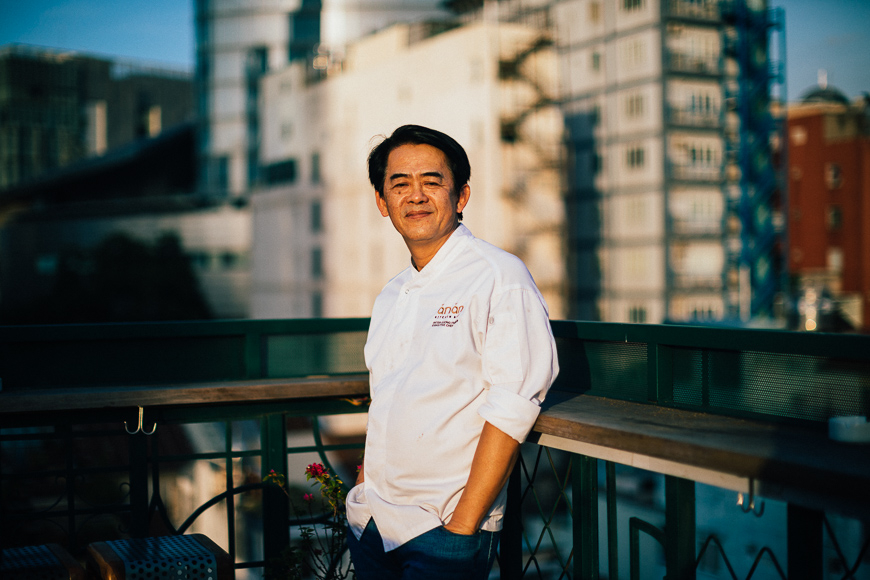
What was it like to open your first restaurant in Vietnam?
When I first came back to Vietnam about a year and a half ago, we were trying to look for the right location to open something like a modern take on Vietnamese food. I walked into this old market called Chợ Cũ and we found this building in the middle of this wet market. It was a dive bar, and no one was here. Because it’s in the market, part of bustling District 1, it was perfect for me. So right there, love at first sight. That was the beginning of Anan.
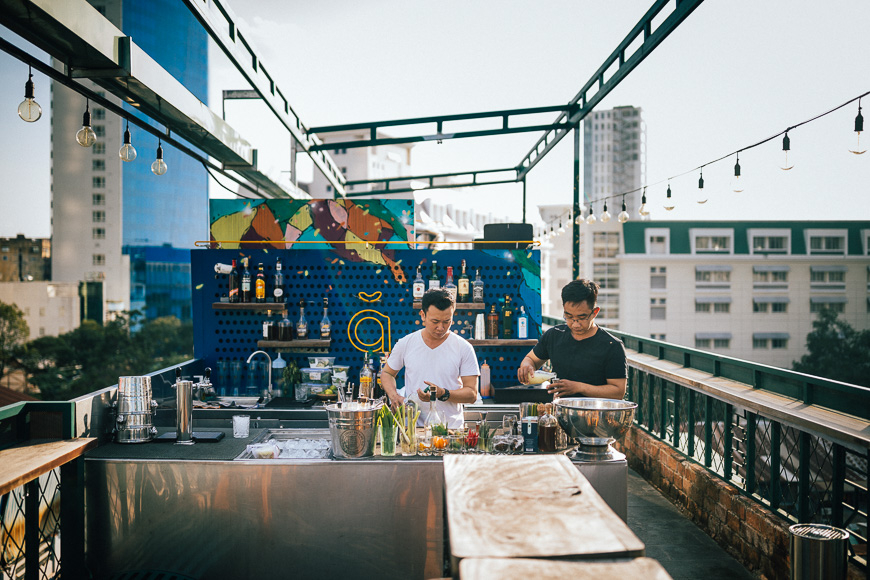
Is being a part of this market very important to you?
I think what we do at Anan is inspired by what we see on the streets of Vietnam. In terms of accessing ingredients and so on, I want to be in the centre. At the same time, we are part of the market, which gives us this very real feeling that we are part of this place. It’s an important part of our identity and who we are.
We are trying to get people to experience a place. We want people to experience the Vietnamese market, to see how people live. We want them to not only enjoy the food but the way of eating which is sometimes using chopsticks or hands to work with the food. By doing this, they get a different experience.
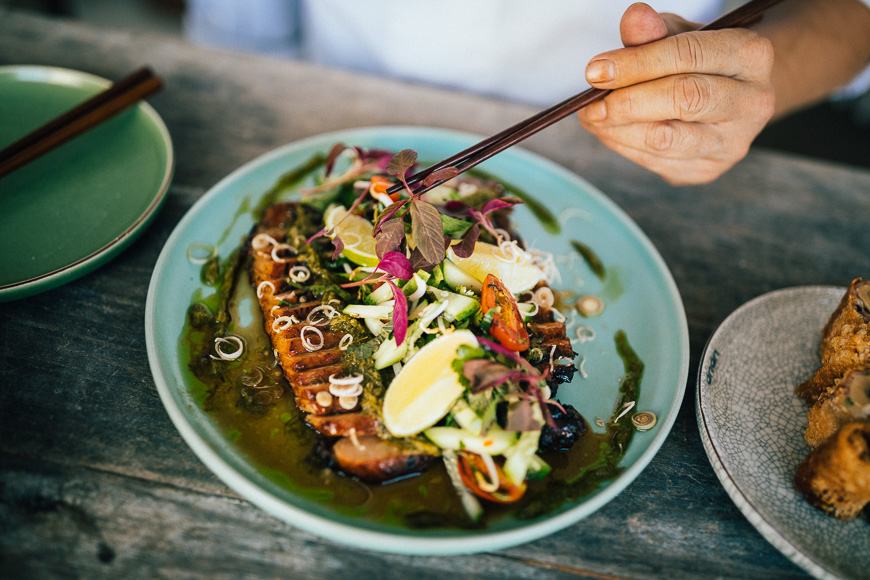
What’s the best thing about living in Ho Chi Minh City?
One of the nice things about being in Saigon right now, is seeing the city being very dynamic. You can see it in the architecture changing, in the new buildings going up, in terms of the optimism in the people, the energy around — and I think on the food side we see a reflection of this as well. I think Saigon is one of the most exciting food cities in the world. We can see more openness to new ideas. I’ve been quite surprised by the reception to this new Vietnamese cuisine. I can see a very dramatic change already, from when we first opened a year ago.
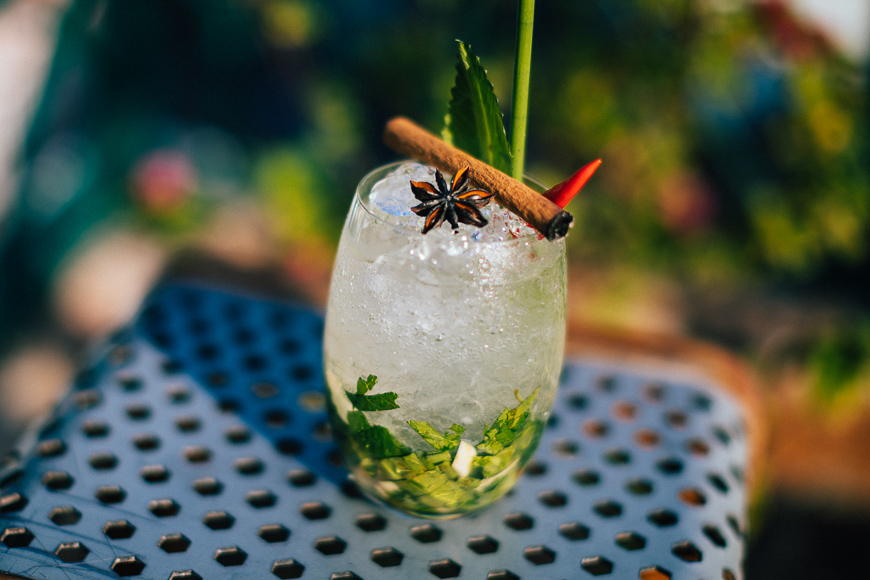
What’s the secret to Vietnamese cooking?
Vietnamese food has a lot of strong foundations and great influences, and is very balanced food as well. When you look at Vietnamese food, it has the best influences in the world. We have the core of Southeast Asian cultures — the herbs, the spice — then the Cantonese cuisine, and then the French influence, which is the foundation of a lot of Western cooking. Vietnamese cooking has incorporated a lot of these techniques.
For example, when you look at pho, the broth is from French techniques, the spices from Chinese techniques, and the fresh herbs and raw beef are a very Vietnamese thing. When you put it all together, you have a great dish based on these things.
I think Saigon is one of the most exciting food cities in the world.
What’s the goal at this point?
I think on the global stage Vietnamese food is under-appreciated. People know it’s good but they think of it on a cheap, low level. So what we’re trying to do is to say Vietnamese cuisine can compare to Japanese cuisine or French cuisine, for example. We’re trying to elevate Vietnamese food to that level. We’re slowly trying to change people’s minds, using good cooking techniques, good ingredients. It’s part of a process.
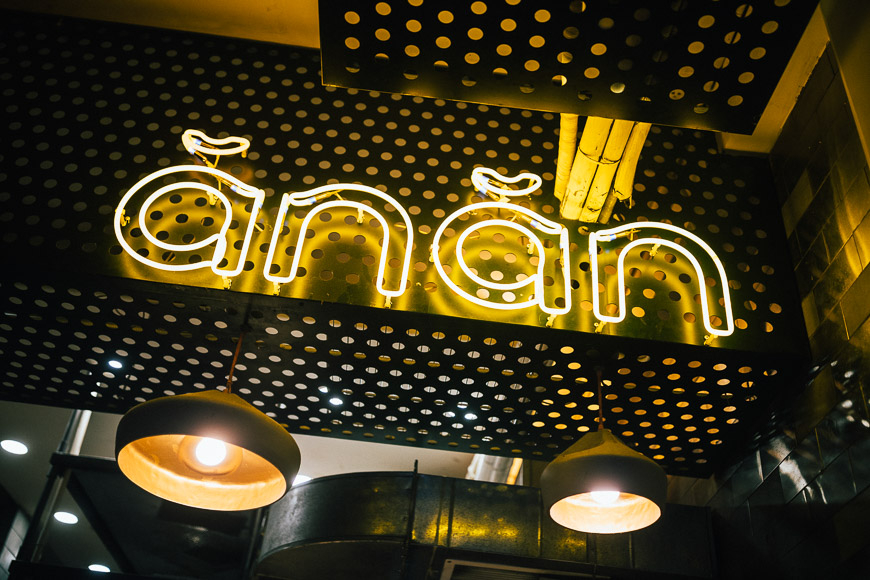
What do you want more of in your life right now?
What I would like is to have more people understand what we’re trying to do with this new style of Vietnamese food. The more people know and appreciate what we do, it makes our job a little bit easier. I’d like more time to travel, to eat and to learn about ingredients, to meet people and learn more about dishes. And hanging on the beach somewhere would be nice!




